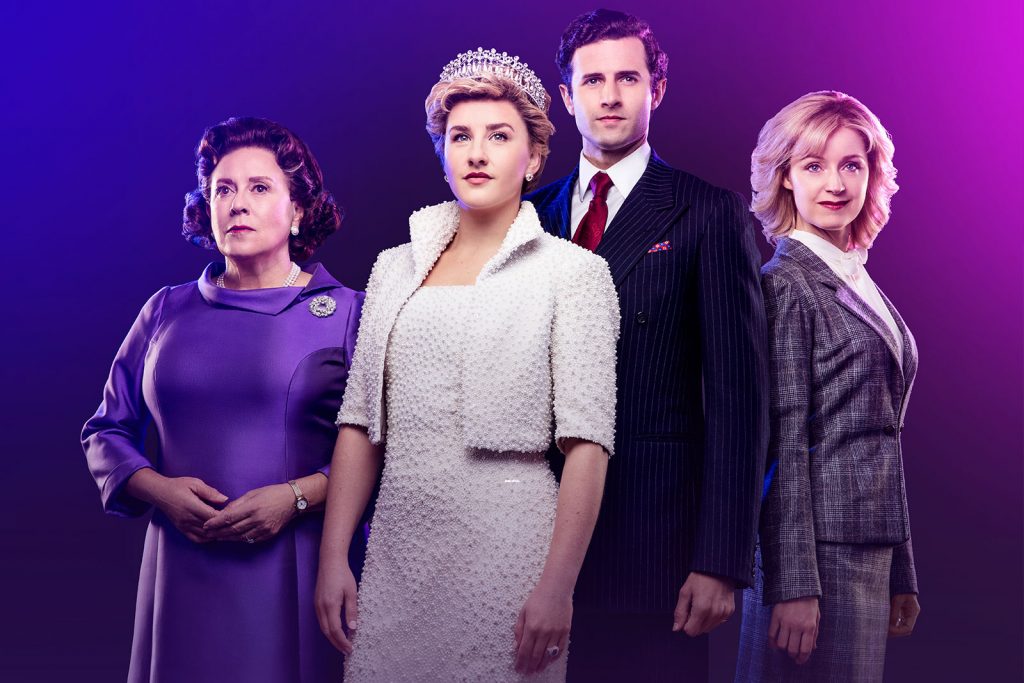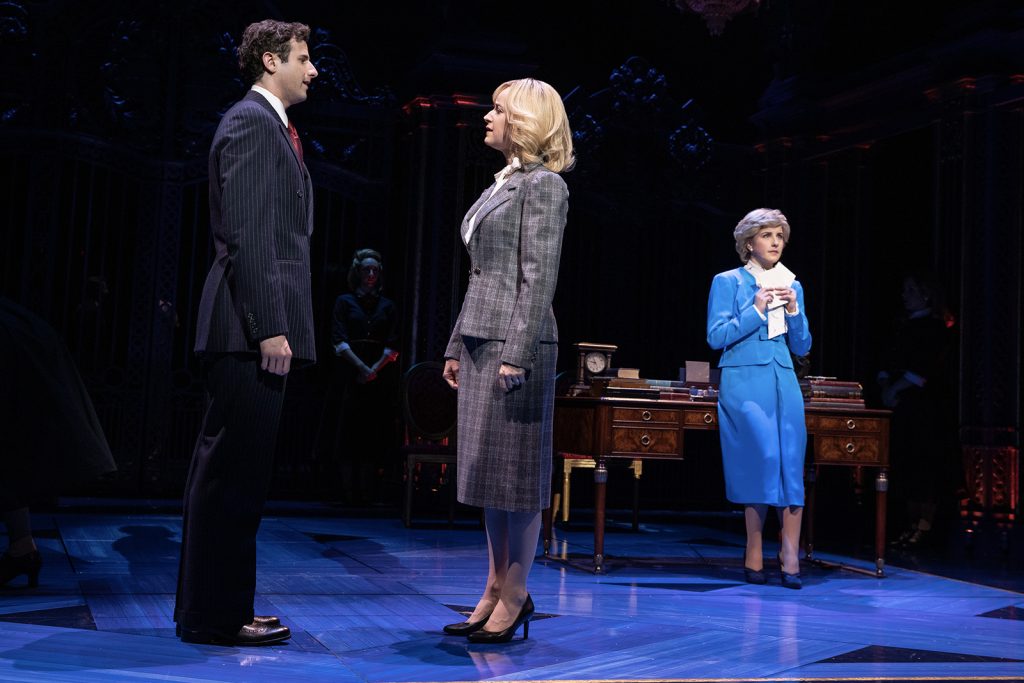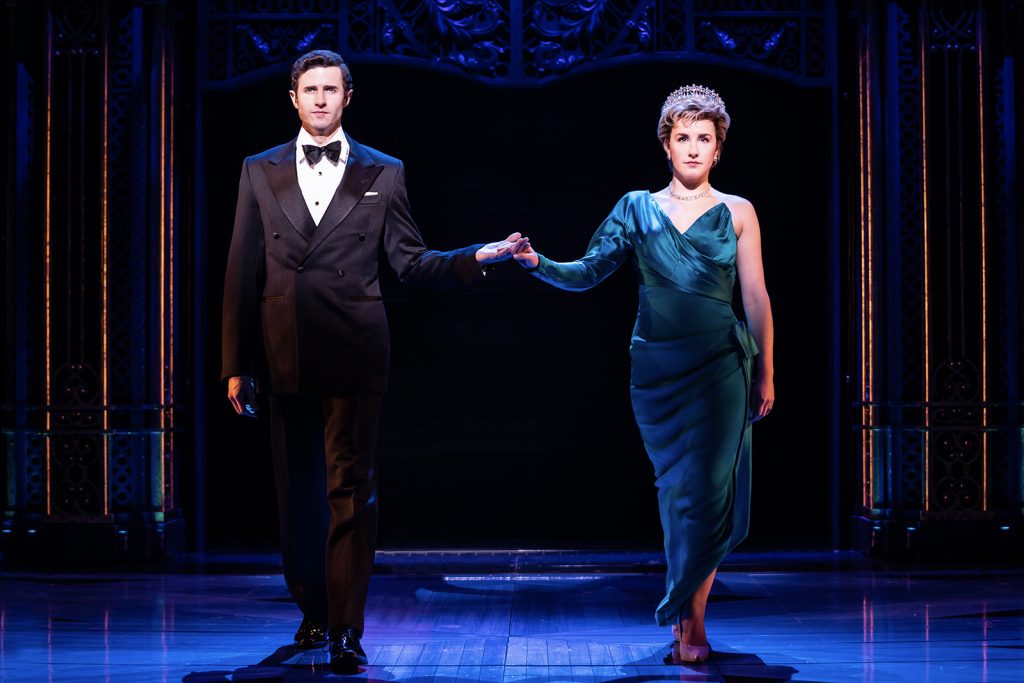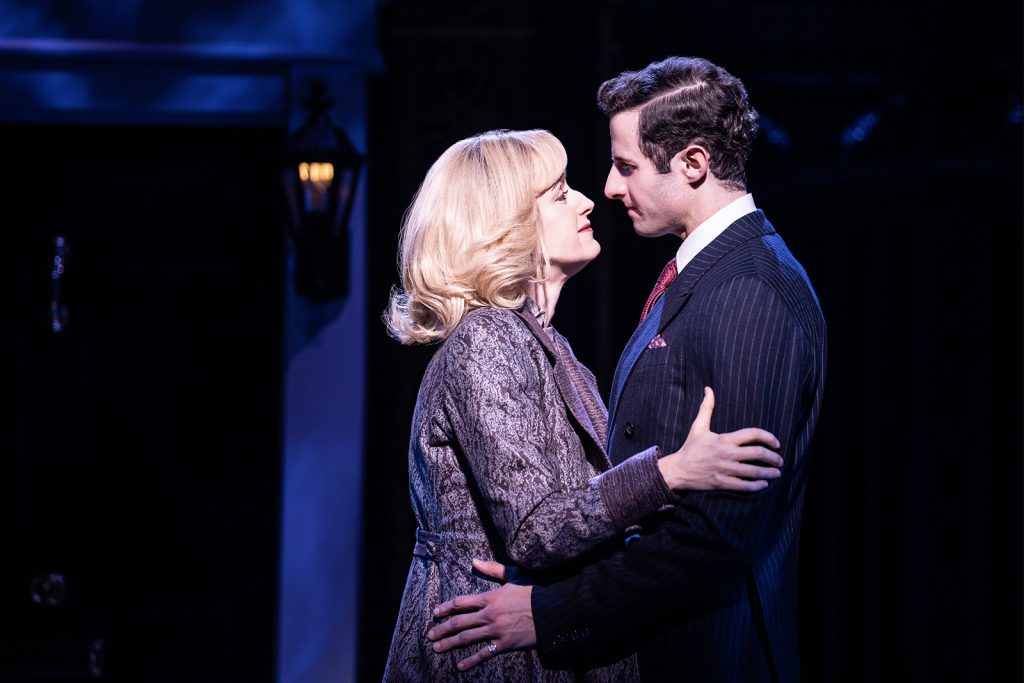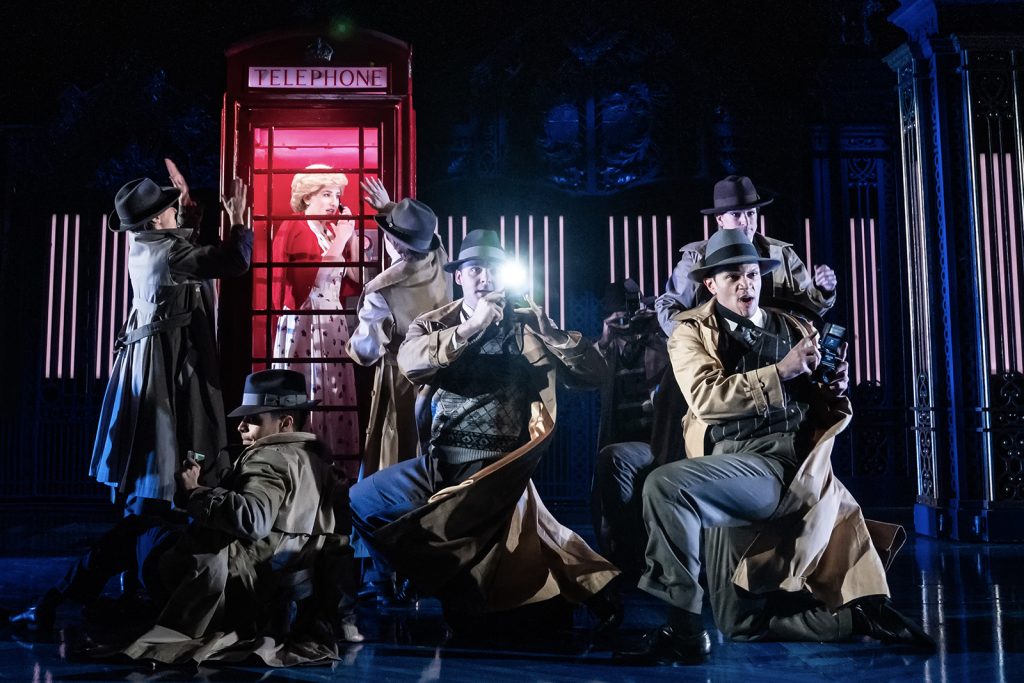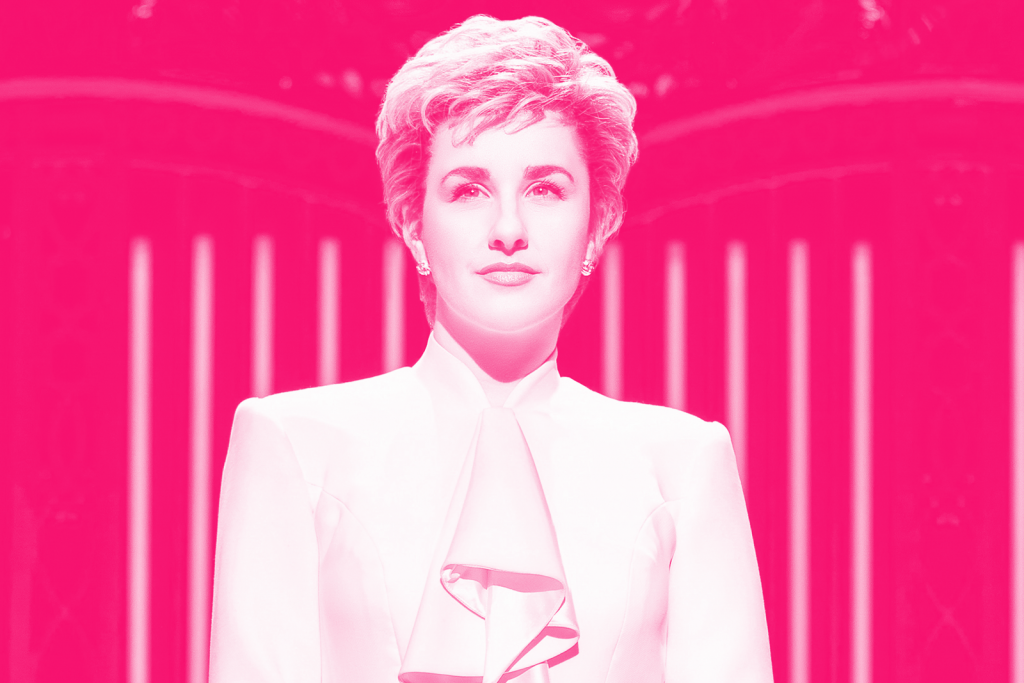
‘Diana: The Musical’ // Netflix and Longacre Theatre
‘Diana: The Musical’ was opulent.
Diana; a name enshrined in modern history, an icon of the 80s and 90s, a timeless figure with a story so complex and shrouded in mystery that the truth escapes even the closest of her connections. With a book by Joe DiPietro and music by David Bryan, ‘Diana: The Musical’ is a fast-paced eclectic montage of pivotal moments in Diana’s life, and of the diverse expressions of identity and strength she portrayed throughout.
An opening scene with Queen Elizabeth II, Prince Charles and the royal staff set the tone of the story; with the royals reflecting on Charles’ future bride with privileged optimism, and the staff contrasting their thoughts with a layer of pessimism and realism. This juxtaposition established the show’s message of conflict between the social structures and individuals.
First presented in March 2019 at La Jolla Playhouse, the piece was twice extended and the entire team was picked up for additional workshopping of the show – before it landed on Broadway’s Longacre Theatre in March 2020. Suspended due to the ongoing COVID-19 pandemic, the team behind the show have collaborated with Netflix to produce a filmed rendition for viewers around the world.
While the plot follows the life and loves of Diana Spencer, Princess of Wales, the true lead of this production was, in fact, the costuming. With over 38 stunning and unique pieces, costume designer William Ivey Long has set a new standard for theatre in his 76th Broadway show. A musical-costume-spectacular, the show could easily have been titled ‘Diana’s Dresses’, with highlights including Diana’s featured outfits in “Pretty, Pretty Girl” and “The Dress”.
Production design by David Zinn incorporated digitally enhanced set pieces, often lit with gold detailing and patterns, reflecting the royal aesthetic. In collaboration with director Christopher Ashley, the team integrated an array of thoughtful theatre magic. A trapdoor, mirrors and automated tracks were utilised to effect, with seamless transitions, costume and set transformations. Costume changes were taken to a new level in this show, with key transitions including the change from Diana’s undergarments into her wedding dress, and from a blue frumpy number into pink couture. Ashley could easily have used film editing techniques to create these illusions, but the return to traditional theatrical direction and strategic blocking was very effective and to be appreciated.
Set changes and camera work were also used strategically. In one scene, a red London phone box slid onto the stage with Diana inside. Cinematography by Declan Quinn used cameras inside the box to capture the intensity of camera flashes and the role of the paparazzi in Diana’s life – even from the start of her relationship with Prince Charles.
With music arranged by Ian Eisendrath and choreography by Kelly Devine, there were several highly effective numbers in the show. “The Words Came Pouring Out” was a highlight musically and “Snap, Click” was a choreographic gem.
The most effective collaboration between Ashley, Eisendrath and Devine was seen in “This Is How You People Dance”. Blending the timelessness of royal life with the context of Diana’s story, the number began with her character in regal attire, sat among gold sets, and listening to classical instruments before time stood still and Diana transcended her setting. At this point, the creatives theatrically incorporated 80s pop-rock style music, lighting effects and dance moves. Diana rocked out with a Madonna-esque adjustment to her formal costume, and the entire ensemble performed a rendition of the ‘Thriller Dance’. This mashup of the conflicting cultural contexts of Diana’s story was intriguing.
Toward the end of Act One, the entire cast became more precise, engaging and strong in their performances. As their characters grew in confidence, so too did the cast.
Jeanna de Waal bravely portrayed the lead, Diana Spencer. She made swift and competent transitions in maturity and confidence as the character aged within the piece. Her vocal work was eloquent, as highlighted in “If (Light of the World)”. De Waal’s scene work with Roe Hartrampf, Prince Charles, was icky and lacking in chemistry. While this was reflective of the disconnected relationship between the two characters, it made some scenes uneasy to watch.
Holly Butler, as Sarah Spencer, was striking in scenes alongside De Waal. Her character could have used more stage time, and the story could have been told through the lens of sisterhood, which would have added a new dimension to Diana’s tale.
Erin Davie as Camilla Parker Bowles and Gareth Keegan as James Hewitt were standouts in this production. Davie delivered the vocal performance of the show in both “Just Dance” and “I Miss You Most on Sundays (Reprise)”, while Keegan delivered authentic and meaningful scene work.
Together, in “Just Dance”, Keegan and Davie made a powerful statement about the people left behind in love tri-quadrangles – the mistresses and playboys; the ones who just dance alone behind broken marriages, risking their reputations and heartbreak.
Zack Adkins as Andrew Parker Bowles was also authentic in his acting, and was highly engaging alongside Davie.
Queen Elizabeth II was adequately portrayed by Judy Kaye; however, the character’s scenes were ill-fitting and often felt like an afterthought. In one questionable number, Elizabeth sang about the value of polygamy for royal men. It may have been better for the storyline to have omitted the Queen, sometimes less is more and the intrigue could have added to the show.
Kaye was able to better showcase her talent as the absurd and exceptionally fun “Fairy Godmother meets Ghost” reimagining of Barbara Cartland. A real world novelist, Cartland was depicted as a transcendent puppeteer in the love affair between Diana and James Hewitt. Her bigger than life personality was matched by eccentric makeup and an enormous pink puffy dress.
Some aspects of the book and direction were superficial, fictitious and overly caricaturistic, but the aesthetic components combined with an exceptionally talented cast and crew made for a superb production. The show began with a song titled “Underestimated”, which is ironic given the bad press this show has received since its Netflix release.
For some viewers feeling swamped by Diana-mania, the piece may not have hit the target; however, a second watch through the lens of theatre magic and performance, rather than the realism of the story, may surprise audiences.
With allusions to Cinderella, Rapunzel, Frozen, pop-culture, and timeless aesthetics, there is much to appreciate in this interpretation of Diana’s story. The supporting characters and performers made this piece and helped develop the show’s invaluable message of balancing social pressure, individuality, and relationships.
‘Diana: The Musical’ is available to stream on Netflix until November 2, 2021 when it is set to return to the Broadway stage. For more information visit the ‘Diana: The Musical’ website.
Photos by Matthew Murphy and Evan Zimmerman




